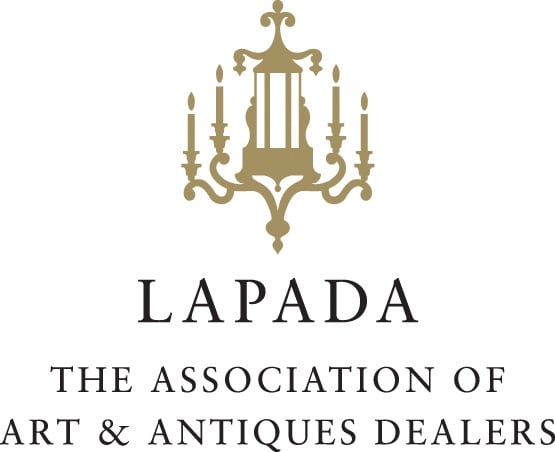-
Artworks
Henri Lebasque 1865-1937
La Corbeille de FruitsOil on canvasUnframed: 66 x 82 cm.; 26 x 32¼ in.
Framed: 92 x 107 cm., 36¼ x 42 in.Signed lower left 'Lebasque'WB3211Copyright The ArtistHenri Lebaqsue trained at the Beaux-Arts de Paris from 1885 under Léon Bonnat, and around this time encountered the grand Impressionist painters Camille Pissarro and Auguste Renoir. He exhibited at...Henri Lebaqsue trained at the Beaux-Arts de Paris from 1885 under Léon Bonnat, and around this time encountered the grand Impressionist painters Camille Pissarro and Auguste Renoir. He exhibited at the Salon des Indépendants and the Salon de la Société des artistes français and was closely connected with the Parisian avant-garde in his early career. He co-founded the Salon d’Automne with Henri Matisse, which in 1905 included the work of Andre Derain and Maurice Vlaminck, soon to be dubbed Les Fauves; through his career he occupied a transitional position between the Impressionists and the Fauves, and was dubbed “the painter of joy and light.”
La Corbeille de Fruits reveals Lebasque’s position within the ‘intimist’ tradition that paralleled and complemented the more revolutionary developments of Fauvism and early Cubism, retaining closer links to Impressionism’s principles. Whilst artists like Matisse (his friend and neighbour in Cannes) pursued increasingly abstract formal innovations, Lebasque maintained faith in the capacity of representational painting to convey profound emotional and aesthetic truths. This philosophical position aligns him with contemporaries Bonnard and Vuillard, who similarly found the material for sophisticated artistic expression in domestic subjects.
The composition’s seeming simplicity conceals intricate colour relationships and spatial arrangements. The checkered tablecloth offers both compositional stability and chromatic complexity through its alternating pattern of white and pale green squares. This textile element serves multiple functions within the pictorial economy: it grounds the basket physically within the space, creates rhythmic visual interest through its geometric repetition, and establishes a middle tone that mediates between the warm oranges above and the cooler architectural elements beyond. The curved form of the basket, echoed in the table, and its arching handle provides a counterpoint to the surrounding interior geometry.
Lebasque’s depiction of fruit demonstrates his engagement with Cézanne’s principles while maintaining a distinctive interpretative freedom. Each orange exhibits subtle tonal variations, ranging from amber depths to golden radiance, with occasional vermilion. The harmonious deliberation of colour overall reflects the influence of Seurat and Signac, from whom he learnt Neo-Impressionist colour theory and the use of complementary colours, notably in shading.
The work embodies what the scholar L. Banner identified as Lebasque’s particular gift for conveying ‘the personal nature of his response to the thing painted, and the universal familiarity of home and family.’ Even in this simple still life, we encounter that sense of domestic contentment and aesthetic pleasure that characterised Lebasque’s outlook and earned him recognition as the chronicler of life’s quieter joys.Provenance
Galerie Brame & Lorenceau, Paris
Christie's, London, 31 March 1987, lot 78
Private Collection (purchased from the above)
Join our mailing list
Be the first to hear about our upcoming exhibitions, events and news
* denotes required fields
We will process the personal data you have supplied to communicate with you in accordance with our Privacy Policy. You can unsubscribe or change your preferences at any time by clicking the link in our emails.

